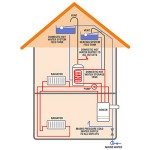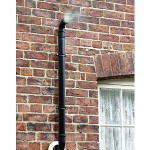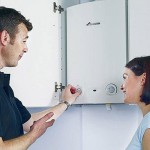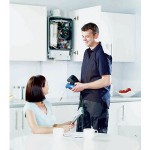What You Should Know About Gas Boiler Ventilation Regulations
Did a day or two ago your home or office have its yearly boiler service and did the engineer tell that you needed more ventilation or that your ventilation was “at risk” and should be turned off? Or did he say that according to the new gas boiler ventilation regulations the ventilation system must be exactly in the outside wall (not in the floor next to the outside wall)? Or have you recently read that a chimney is necessary to vent your new gas boiler system and you don’t know if it is true?
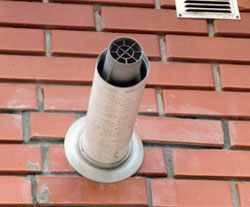
Importance of Ventilation Systems
Nowadays thousands and thousands of people face the similar problems in their everyday life. Unfortunately, a lot of them don’t even understand why ventilation is so important to make their gas appliances (including gas boilers) work properly. So we would like to mention these reasons here:
- A certain amount of oxygen is needed to make natural gas burn correctly. And you shouldn’t forget that for complete combustion every cubic metre of gas requires ten cubic metre of air.
- If in premises there is too little air, it can cause incomplete combustion that will produce carbon monoxide. Carbon monoxide is a tasteless and odourless highly poisonous by-product that is able to suffocate the members of your family by clinging to their red blood cells until their bodies can’t take in enough oxygen to continue breathing.
- Also it must be admitted that some types of gas appliance take their combustion air from the premises, so to ensure complete combustion the room must supply enough fresh air.
The Main Requirements for Gas Boiler Ventilation
- At first, you should know that the specifics of the ventilation systems depend on the type of space and the number of inhabitants. All the gas boiler ventilation regulations are indicated in cubic feet per minute and per person.
- To check if the space has back-drafting flows, you can use a smoke tube. To ventilate your boiler room it is best to use direct outdoor air.
- You can’t use your boiler any more and you shouldn’t try to repair it if there is a lap-seam crack in a longitudinal riveted joint in the boiler’s shell, drum or pressure vessel.
- Boilers should have less than 1? times the maximum working pressure which can be measured with a hydrostatic pressure test.
How to Prevent Carbon Monoxide Poisoning
- Installing a new gas boiler the very first thing you must do it is to check if your home’s boiler flue reaches down to the basement. And don’t forget that some new and very efficient boilers don’t need to be vented through a boiler flue but in this case it should be vented directly outside of the home.
- Never use a gas boiler if you aren’t sure that there is an adequate ventilation in this area. Modern gas boiler ventilation regulations state that any gas appliance with 90 percent below ventilation should be marked as “At Risk” and the boiler should be turned off.
- To be able to detect the presence of some by-products you should install a carbon monoxide detector in your boiler room.
- Watch the color of the flame burning in the boiler. It must be blue, not orange or yellow.
We sincerely hope that our advice will help you to use your gas appliances effectively and carefully.
- popular
- new


